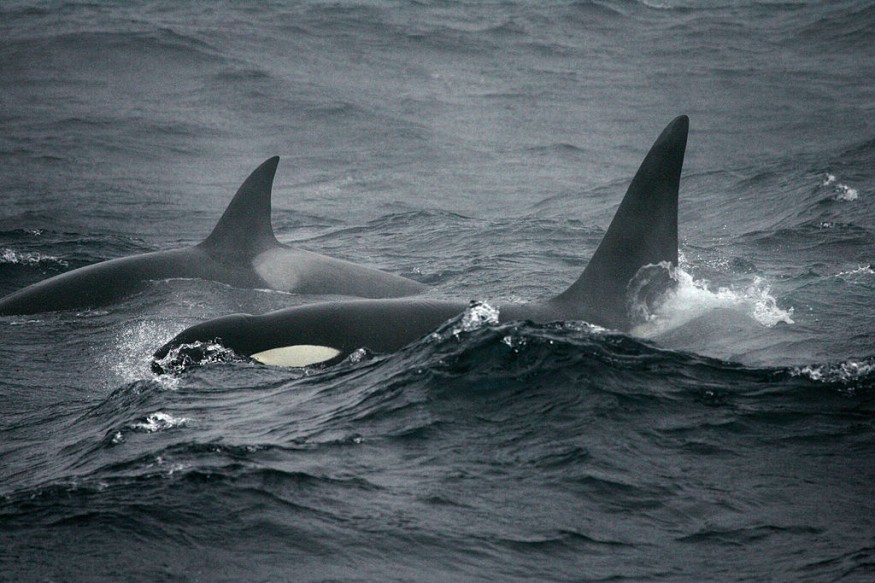Killer whales are at risk as the salmon population continues to decrease, according to a new study by researchers from the University of British Columbia in Canada.
The research focused on the Northeastern Pacific Southern Resident killer whales, which the research team claimed had no enough food for several years due to the ongoing salmon crisis.
The study asserted that the killer whales can no longer endure additional years of being underfed or being in a state of starvation away from their natural diet.
The crisis stems from the decreasing population of the Chinook salmon, which has been the preferred prey for the Southern Resident killer whales.
Killer whales are one of the top ocean predators across the world.
Recent anecdotal evidence and official scientific documentations suggested that they are already the apex predators, replacing long-held belief that great white sharks hold such title.
This paradigm shift suggested comes from reported sightings and records that the massive whales have killed a number of the ferocious sharks many times.
In spite of their growing popularity, the study found that the killer whale species has lower birth rates and higher death rates.
There are instances when the birth rate is slightly higher, only if the whales meet their dietary needs.
Furthermore, increased overfishing and ocean warming has been recently linked by scientists to the decline of fish population worldwide.
The current climate crisis has not only changed and prolonged storms but has also affected marine life and their ecosystem.
Salmon Population Decline

The study's lead researcher, Fanny Couture, stated that it seems that the Southern Resident killer whales are no longer capable of taking more rough years, especially if the salmon population does not bounce back, as cited by Fox News.
Approximately 75% of the said killer whales can be found from the California coast in the United States to Haida Gwaii area of Queen Charlotte Islands in British Columbia.
The research's assessment is considered to be a new perspective since previous reports and studies suggested that salmon are not endangered across the globe, including those residing in the waters off Alaska and the Pacific Northwest, according to the United States Geological Survey (USGS).
Fluctuating Salmon Level
The study's conclusion comes from the fluctuating salmon level from spawning areas on rivers; where it found that such population trend has been threatening a small yet vulnerable group of whales, according to The Bellingham Herald.
In addition, fishing regulations have also reportedly contributed to the low population of the Chinook salmon, which spawns and travels along the west coast of Canada and the US, according to Fox News.
This causal link to the decline is based on the study's discovery that there had been a significant decrease in salmon population between the years 1979 and 2020.
Based on the data, the lack of prey forced killer whales to expend more energy than needed, leading to energy deficit, notably from the final three years of the study from 2018 to 2020.
© 2025 NatureWorldNews.com All rights reserved. Do not reproduce without permission.





